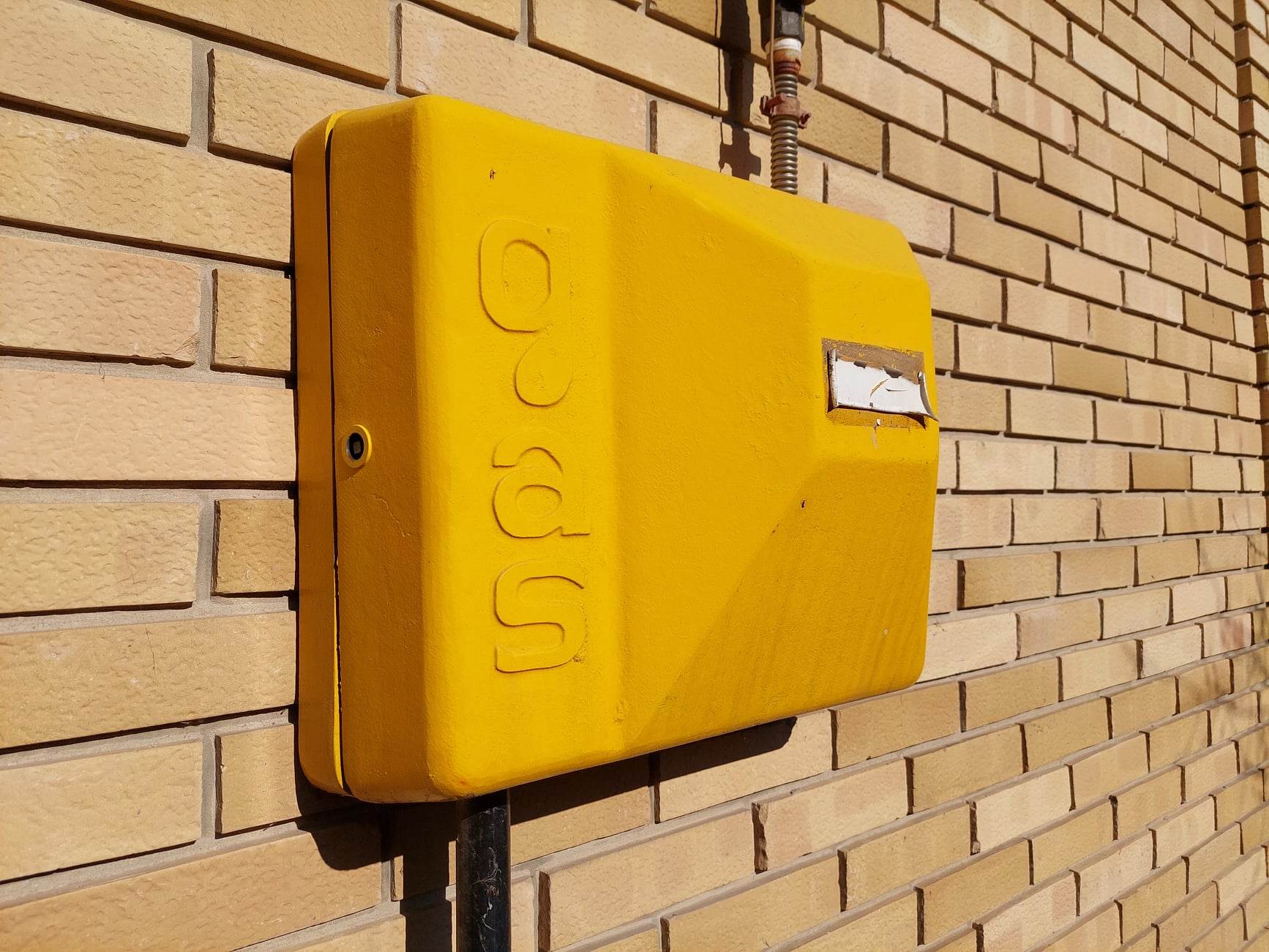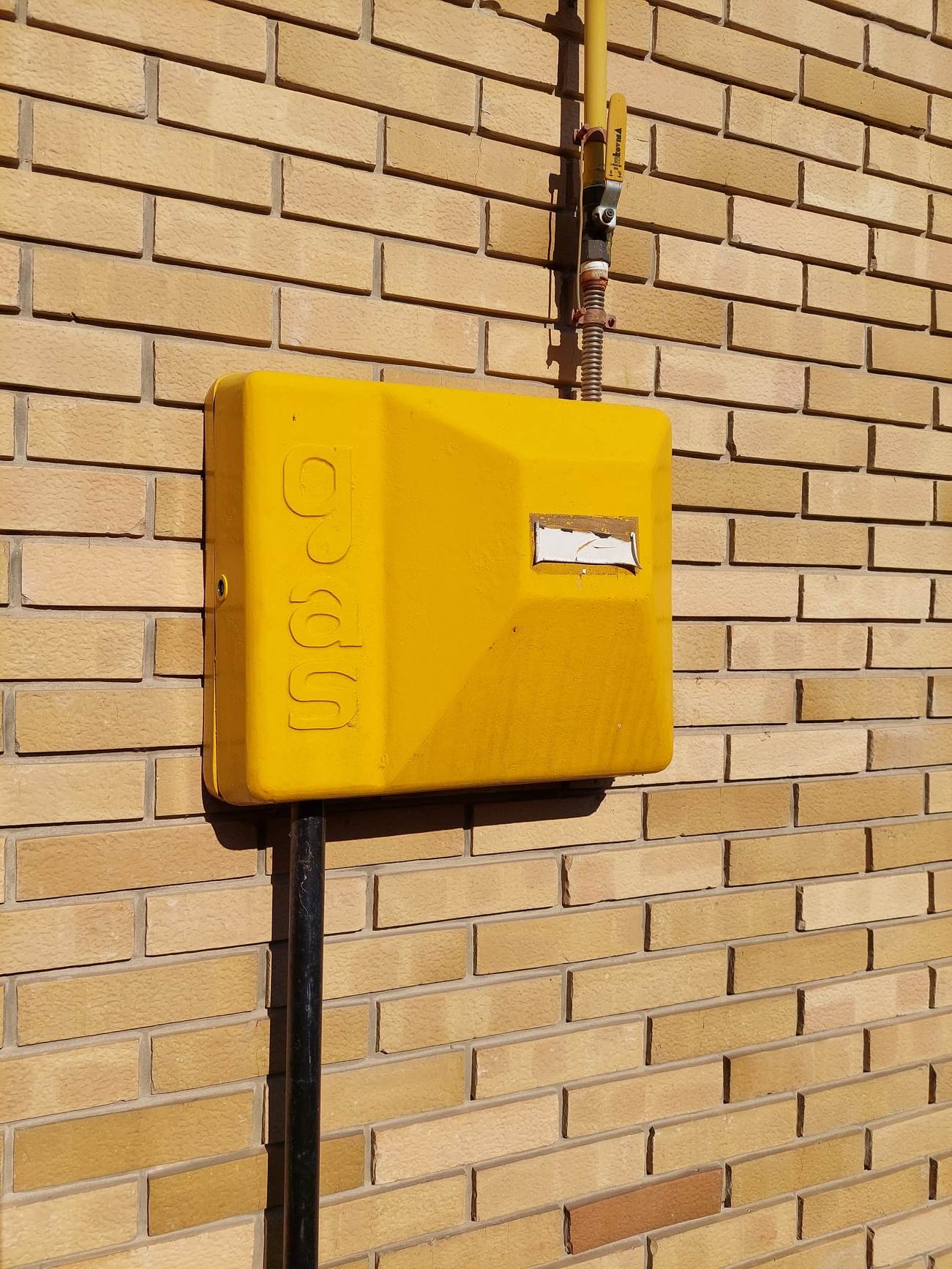
European country in search of new gas sources
Serbia is looking for alternative gas transportation routes and new sources. The Balkan state continues to use Russian gas, but wants to reduce its dependence. Currently, the LNG arriving in Greek ports and the Azeri gas could be a viable solution, but a new pipeline must be built to facilitate transit.
Alternative routes
The construction of a gas pipeline connecting Serbia and Bulgaria is under way. The 170-kilometre section would open up new markets for Belgrade and greatly contribute to ending its dependence on Russian gas. Serbia can receive around 1.8 billion cubic meters of gas through the new two-way pipeline, which would increase the current annual capacity of 3 billion cubic meters by 60 per cent. According to plans, the pipeline will be completed before the start of the heating season, i.e. in autumn, and will contribute to the energy security of not just of Serbia, but the entire region.
The EU supports the construction of the pipeline on Serbia’s territory with 49.6 million euros, and with another 27.6 million euros on the Bulgarian side. In addition, Belgrade must supplement the amount required for one of the country’s largest infrastructure projects currently underway, using a loan from the European Investment Bank and its own budget resources.
View this post on Instagram
„This is an important European project, because we will also be able to supply other Western Balkan countries. This turns us into a transit country, just as Bulgaria is our transit state.”
Serb President Aleksandar Vucic said, in connection with the pipeline.
Serbia counts on Azeri gas
Currently, the Balkan state has access to Russian gas through the Turkish Stream Pipeline, which ensures the country’s steady supply. However, the energy crisis erupting in the wake of the Russia-Ukraine war has also encourages Belgrade to develop as many alternative routes as possible. Negotiations are already under way.

Photo: V4NA
Dusan Bajatovic, the general director of Srbijagas – Serbia’s state-owned natural gas provider – announced in mid-March that Serbia has already seized 3 hundred million cubic metres of LNG-derived gas, which will arrive in the Greek city of Alexandroupolis. The terminal is suitable for receiving vessels transporting liquefied gas from Qatar, Norway, the US and other countries, which significantly widens the list of potential suppliers for Belgrade. Serbia has also commenced negotiations with Azerbaijan, the country’s energy ministry confirmed. However, the details of this have yet to be disclosed. We only know that discussions concerning volumes and price points are under way, and that Azeri gas may appear in Serbia as early as next year. Serbia’s energy minister already held talks with his Azeri counterpart colleague in December last year.
View this post on Instagram
At the time, Dubravka Dedovic said underlined that up to one third of Serbia’s annual demand could come from Azerbaijan.
„These were important negotiations in terms of Serbia’s energy diversification,” the Serb minister stated.
Serbia covers 13 per cent of its primary energy requirements with gas, which comes from Russia via the Black Sea, Turkey and Bulgaria, partly at contractually agreed prices, and partly at market prices.
Hungary-Serbia cooperation continues
Serbia currently stores some part of its natural gas purchased from Moscow in Hungary. Belgrade and Budapest agreed on the continuation of this cooperation over the weekend.
„We are constantly storing hundreds of millions of cubic metres of natural gas for the Serbs, and when they need it, we transfer it to them. In light of this, we reached a new agreement that we will be storing natural gas for Serbia in Hungary’s natural gas storage facilities this year as well,”
Hungarian Foreign Minister Peter Szijjarto has said, summing up one of key achievements of the Belgrade negotiations in a live Facebook video.

